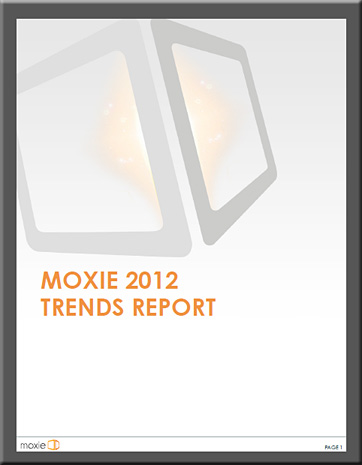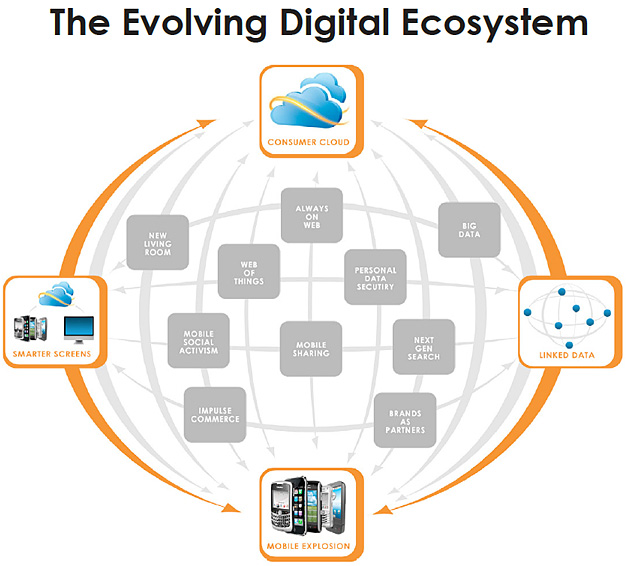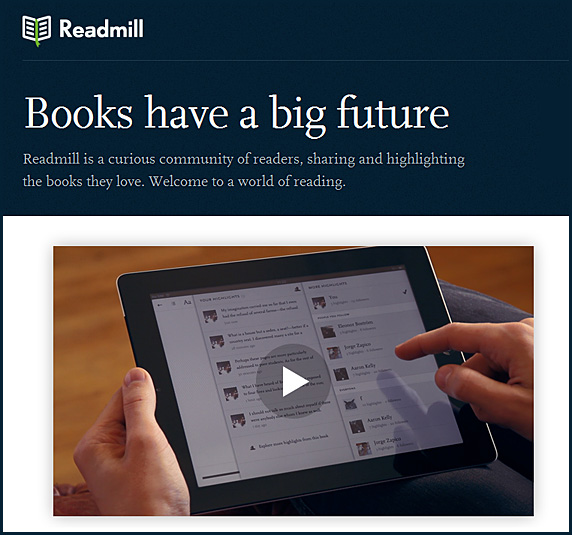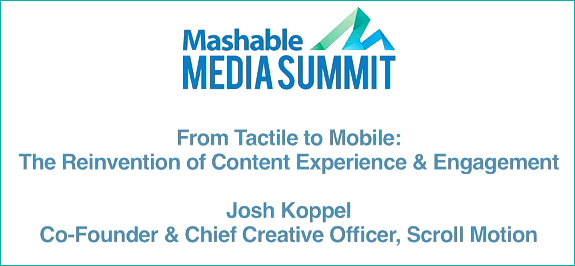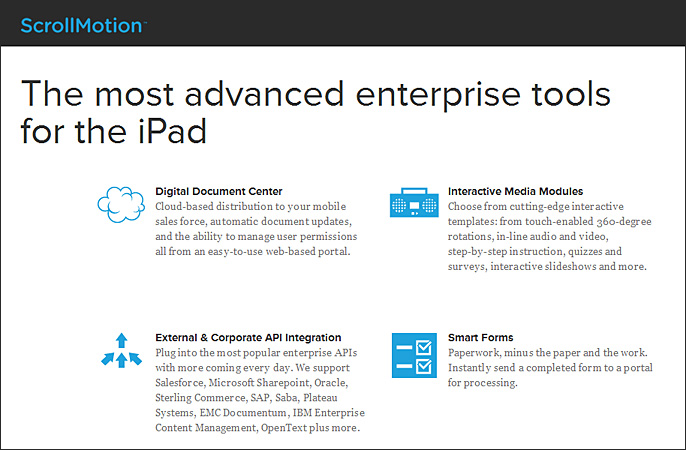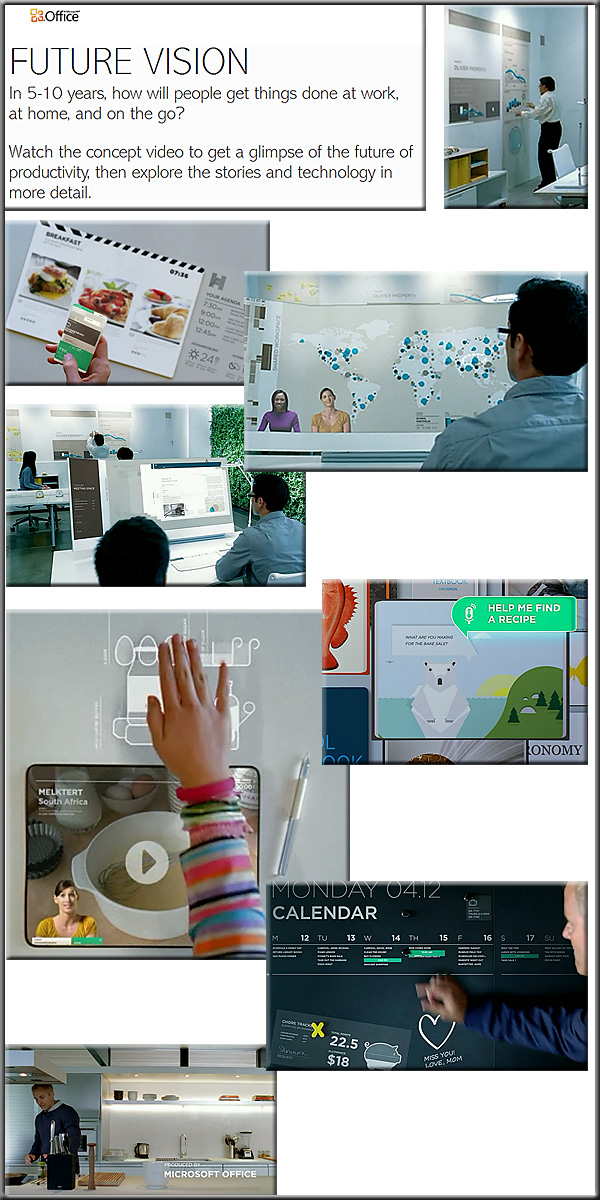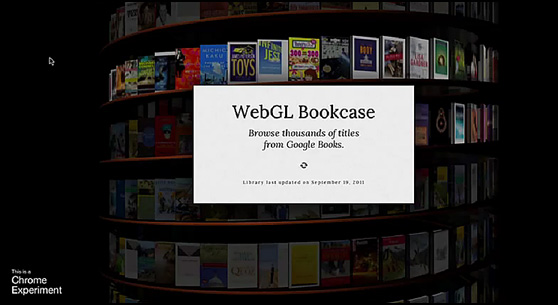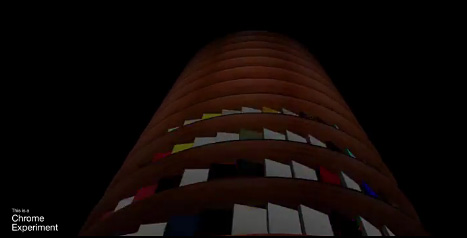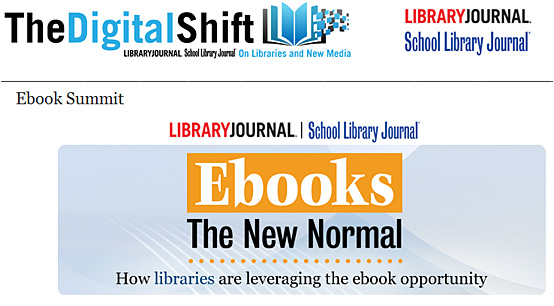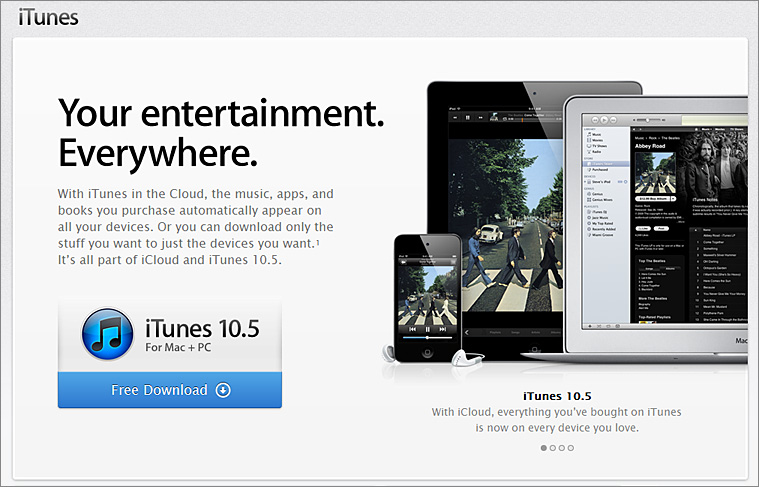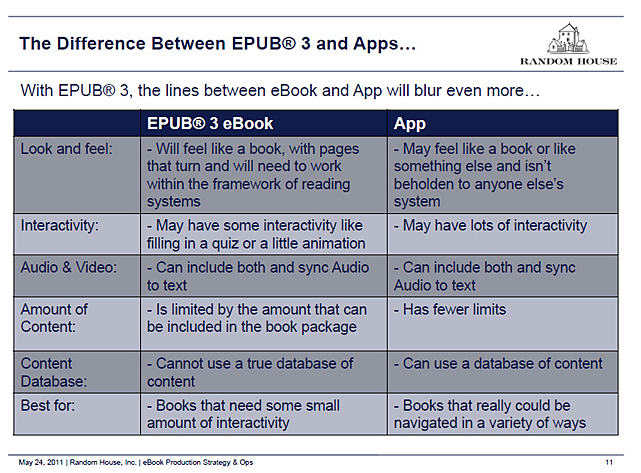Why tablet publishing is poised to revolutionize higher education — from Mashable.com by Trevor Bailey
Excerpt (emphasis DSC):
Richer than their print counterparts, digital textbooks include a number of interactive features. They are not limited to static pictures, but can integrate video, audio, animation, interactive simulations and even 360-degree rotations and panoramas. In addition, universities have the ability to create custom, institutionally branded viewers with unique displays and navigation options.
…
Digital publishing allows professors or subject matter experts to self-publish their own educational materials or research findings and distribute the information on tablet devices. Teachers can iterate content quickly, better keeping pace in a world where knowledge evolves every instant. On a smaller scale, they can post lesson documents online for students, versus relying on hard-copy materials.
From DSC:
…and we’ll see what Apple says about this topic later this month; 2012 should be an interesting year indeed. I would like to see more of our professors’ e-books/self-published materials up on the Chalkboard of the Future:
.
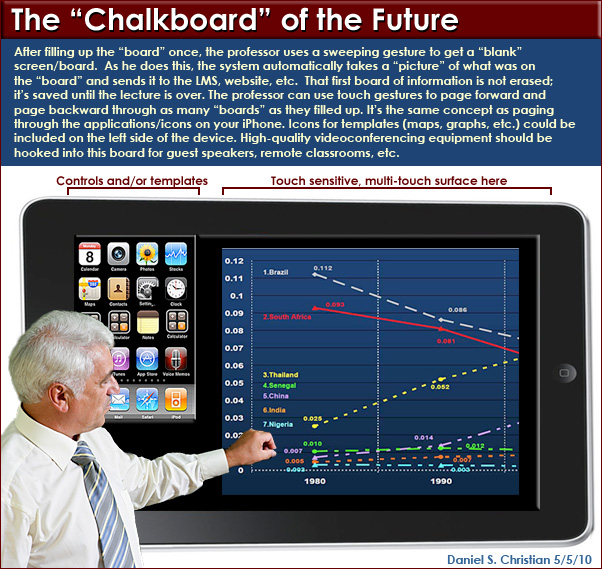
![]()
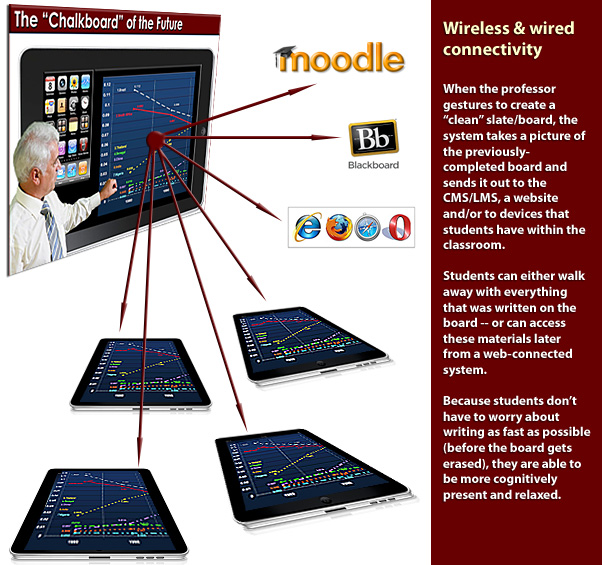
.









